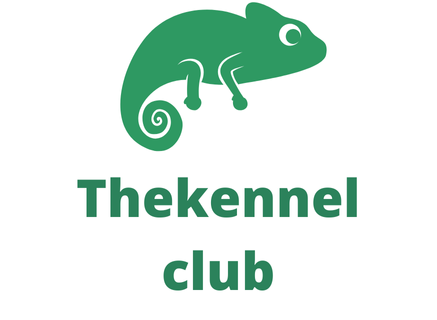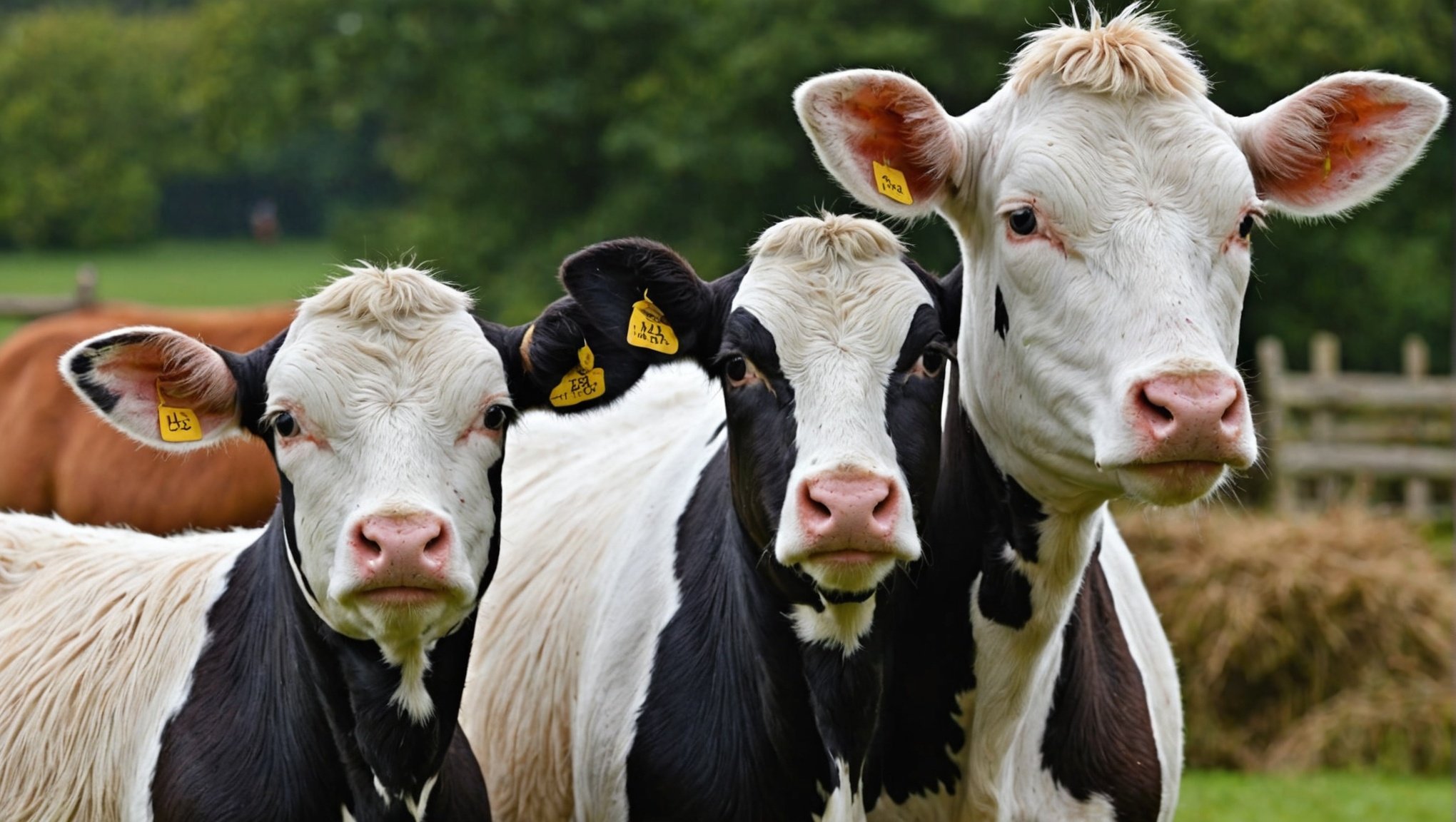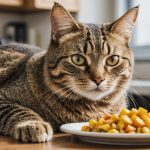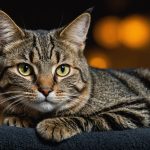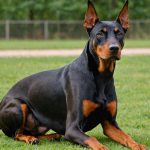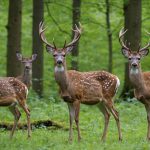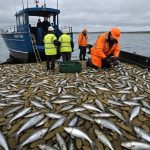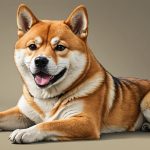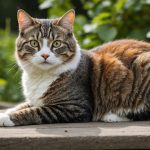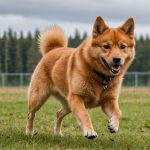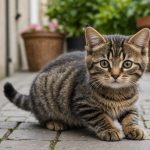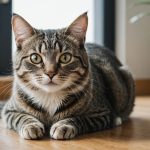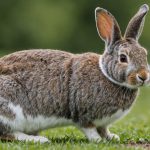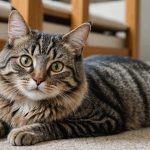Against the backdrop of a rapidly evolving agricultural landscape, the question of maintaining genetic diversity in farm animal breeds has taken center stage. Assembled from reputable resources like Google Scholar, PubMed, and Crossref, this article elucidates on the ins-and-outs of genetic diversity and why it is crucial to breeding practices, particularly in the United Kingdom.
The State of Genetic Diversity in UK’s Farm Animals
To fully appreciate the importance of genetic diversity, it’s necessary to understand what the term means. Genetic diversity refers to the total number of genetic traits in the genetic make-up of a species. It is the variety of genes within a particular breed, enabling the species to survive and adapt to changing environments.
A lire aussi : What should UK pet owners know about the impact of pets on local wildlife during walks in nature reserves?
In the United Kingdom, the genetic diversity in farm animal breeds is a topic of concern. Over the years, there has been an observable decrease in diversity, primarily due to intensified selection and inbreeding for specific traits, particularly in dairy cattle. As per the information obtained from PubMed and Google Scholar, this reduction in diversity significantly impacts the health and productivity of the animals, leading to a decrease in the overall efficiency of livestock production.
The Implications of Inbreeding and Selection
Inbreeding and selection are two primary practices contributing to the reduction of genetic diversity in farm animals. To put it simply, inbreeding refers to the mating of closely related animals, whereas selection involves breeding animals based on specific desirable traits. Both practices, while beneficial in the short term, can lead to significant health and productivity issues in the long run.
A découvrir également : How do UK’s canal restoration projects encourage biodiversity in urban areas?
Inbreeding, in particular, can lead to the manifestation of harmful genetic traits, a phenomenon commonly known by scholars as inbreeding depression. Meanwhile, selection for specific traits often reduces the overall genetic variation within the breed, leaving it vulnerable to environmental changes and diseases. This information, supported by data from Crossref and Google Scholar, underscores the need for balanced breeding practices.
The Role of Genomic Selection in Maintaining Diversity
To combat the decrease in genetic diversity, many UK-based dairy and animal farms are turning to genomic selection. This advanced breeding method uses genomic information to predict the genetic merit of an animal. The objective is to select animals with the best genes for breeding, thereby maintaining a high level of genetic variation within the breed.
This practice, detailed in numerous articles on Google Scholar and PubMed, provides a more precise and efficient method of selection compared to traditional methods. It ensures the maintenance of genetic diversity, while also improving the overall productivity and health of the animal population.
ROH as a Measure of Genetic Diversity
Runs of Homozygosity (ROH) is a concept widely used in genet studies to measure genetic diversity. ROH refers to long stretches of contiguous homozygous genotypes in the genome of an individual, often caused by inbreeding. It is an effective measure of the genetic diversity within a population, as a higher number of ROH equates to lower genetic diversity.
Research from Google Scholar, Crossref, and PubMed indicates that UK farm animals, particularly dairy cattle, have seen an increase in ROH – a clear sign of reduced genetic diversity. As such, ROH is a valuable tool for monitoring genetic diversity and guiding breeding strategies to ensure a healthy and diverse population.
The Importance of Genetic Diversity for Future Generations
The maintenance of genetic diversity in farm animals is not just about the present generation. It is about ensuring the survival, resilience, and productivity of future generations of animals.
A diverse gene pool provides the animals with a greater ability to adapt to changes in the environment, resist diseases, and cope with changes in farming practices. Moreover, it allows for the continued evolution and improvement of the breeds. As illuminated by sources like Google Scholar and PubMed, maintaining genetic diversity in UK farm animal breeds is a necessary investment for the future of agriculture in the country. While it may require more effort and resources in the short term, the long-term benefits far outweigh the costs.
The Role of Genomic Selection in Safeguarding Genetic Diversity
In the face of declining genetic diversity among UK’s farm animal breeds, the advent of genomic selection is proving to be a beacon of hope. According to various resources like Google Scholar, PubMed, and Crossref, the technique of genomic selection is being increasingly adopted by UK-based dairy and animal farms aiming to enhance genetic diversity in their breeds.
Defined at its core, genomic selection is an advanced breeding method that utilises genomic information to gauge the genetic merit of an animal. The crux of this approach lies in selecting animals possessing the best genes for breeding, thereby preserving and promoting a high degree of genetic variation within the breed. The strategy goes beyond the conventional practices of inbreeding and selection, which have been identified as key factors contributing to the reduction in genetic diversity.
Genomic selection, as detailed in multiple articles on Crossref and Google Scholar, offers both precision and efficiency compared to traditional methods. It not only ensures the maintenance of genetic diversity but also favours improved productivity and health conditions of the animal population. The method holds potential in effectively countering the challenges associated with inbreeding and intense selection, contributing to a healthier and more robust livestock industry in the UK.
ROH as an Indicator of Genetic Diversity
Another game-changer in the quest to maintain genetic diversity in farm animals is Runs of Homozygosity (ROH). Predominantly used in genet studies, ROH is a measure of genetic diversity, referring to long sections of contiguous homozygous genotypes in an individual’s genome. As the research from Google Scholar, Crossref, and PubMed suggests, these are commonly the result of inbreeding.
The concept of ROH provides an effective way to measure the genetic diversity within a population – a higher number of ROH equates to lower genetic diversity. Recent research indicates an increase in ROH in UK farm animals, especially dairy cattle, signalling a decline in genetic diversity.
The value of ROH lies in its utility as a tool for monitoring genetic diversity and guiding strategies to ensure a wholesome and diverse population. By keeping track of ROH, breeders can make informed decisions about breeding strategies and interventions, promoting a healthy gene pool and mitigating the effects of reduced diversity.
Final Thoughts: Preserving Genetic Diversity for the Future of UK’s Agriculture
The significance of maintaining genetic diversity extends beyond the present and resonates with the future of UK’s agriculture. More than a survival mechanism for the existing generation of farm animals, it is a commitment towards ensuring the resilience, productivity, and evolution of future generations.
A diverse gene pool provides the animals with an enhanced ability to adapt to environmental changes, resist diseases, and cope with alterations in farming practices. It also paves the way for continuous evolution and improvement of the breeds. As highlighted by sources like Google Scholar and PubMed, the preservation of genetic diversity in UK farm animal breeds is thus, a vital investment for the future of the country’s agriculture.
Although the endeavour demands concerted effort and resources in the short term, the long-term benefits unequivocally offset the costs. By embracing advanced strategies such as genomic selection and tools like ROH, the UK can effectively safeguard its rich genetic diversity, contributing to a resilient, productive, and sustainable agricultural sector.
